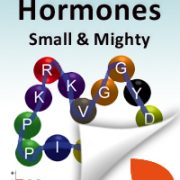
New Teaching Tool, "Small and mighty, peptide hormones in plant biology"
Blog, The Plant Cell, The Plant Cell: NewsWe're excited to annouce the publication of The Plant Cell's latest Teaching Tool, "Small and mighty: Peptide hormones in plant biology," by Sonali Roy, Peter Lundquist, Michael Udvardi, and Wolf-Rüdiger Scheible, available without subscription at Plantae.org.
A phytohormone (plant hormone) is defined…

National Geographic features Plant Cell editor Zach Lippman, on gene editing
Blog, The Plant Cell, The Plant Cell: NewsPlant Cell Editor Zach Lippman and his work are featured in this National Geographic article, "Why Gene Editing Is the Next Food Revolution"
Tucked into a suburban Long Island neighborhood, a 12-acre plot may be growing the future.
Under a blistering July sun, Zachary Lippman bends over…
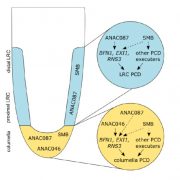
New insights in cell death in plants might generate new leads for weed control
Blog, The Plant Cell, The Plant Cell: NewsSource: SeedQuest
Some plants like the giant sequoia trees can grow into the “Largest Living Things on Earth”. Ironically, most of a tree’s biomass is actually not alive, but is formed by persistent cell corpses that are collectively called wood. Wood development is terminated by a tightly controlled…

New discovery on photosynthesis discovered
Blog, The Plant Cell, The Plant Cell: News9:07:18 | Editor: Marc Platthaus From Neue Erkenntnis zur Fotosynthese entdeckt Translated by Google.
The conversion of carbon dioxide and sunlight into energy (or biomass) and oxygen: hardly any process is as crucial to life on earth as photosynthesis. Although the process has been studied extensively…
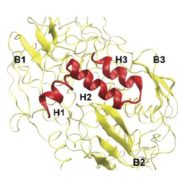
Enzyme helps as a transcription factor in lignin production
Blog, The Plant Cell, The Plant Cell: NewsArjen Dijkgraaf | Wednesday, July 4, 2018 (Originally published in C2W Boeken. Translation by Google Translate)
In poplars a protein appears to have a bizarre double function: it makes building blocks for amino acids but also regulates the production of lignin. It could be a new way to create…
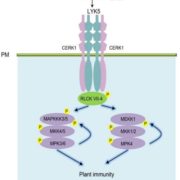
A new mechanism for plant immune pathways discovered by genetics
Blog, The Plant Cell: NewsSource: Institute of Genetics and Developmental Biology Published: 2018-07-05 http://www.cas.cn/syky/201807/t20180704_4657121.shtml (Translation by Google Translate)
Plants sense the presence of pathogens through pattern recognition receptors (PRRs ) located on the surface of the cell membrane to…

Summer fun: how plants beat the heat
Blog, The Plant Cell, The Plant Cell: News
By Adam Phillips. Reprinted from It Ain't Magic, The RIKEN Global Communications Team https://itaintmagic.riken.jp/hot-off-the-press/plants-beat-heat
It seems like I’ve been writing a lot about plants recently. The truth is that I hardly have enough time to write about all the cool plant…
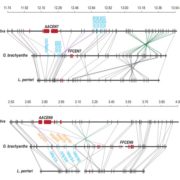
Chen Mingsheng's research team found an evolutionary trend of genes fleeing the centromere region
Blog, The Plant Cell, The Plant Cell: NewsArticle source: http://theworldseeds.cn/index.php?p=152804 (Translated by Google Translate)
The centromere and its surroundings are the fastest-evolving and most complex areas of the plant genome. The centromere and near centromere regions not only undergo rapid sequence changes and structural remodeling,…
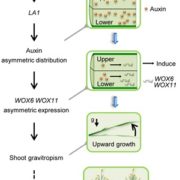
Advances in the analysis of the molecular mechanism of rice tiller angle regulation in genetic development
Blog, The Plant Cell, The Plant Cell: NewsSource: Institute of Genetics and Developmental Biology Date: 2018-06-22 【 Title : Xiaozhong University 】(Translated from the original Chinese by Google)
The angle of tillering is the angle between the tiller and the main stem of the grass family and is closely related to the crop population.…

